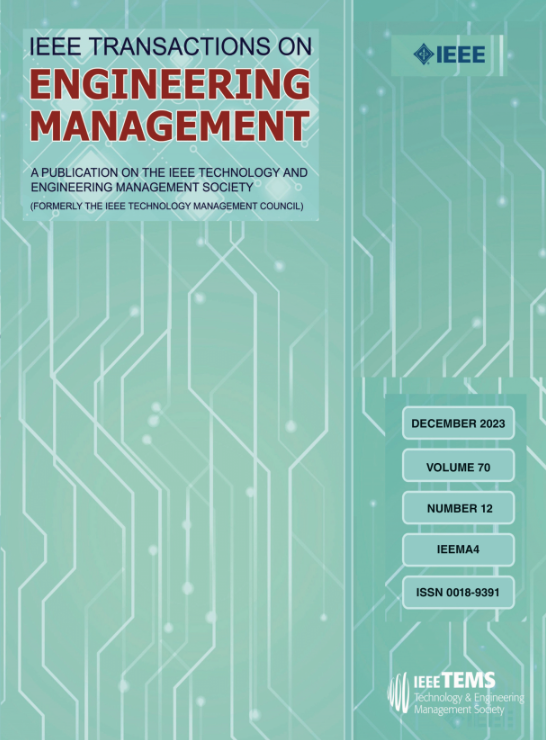Surfing With the Tides: How Does Dual Strategic Orientation Enhance Organizational Resilience Through Resource Orchestration? A Moderated Mediation Model
IF 4.6
3区 管理学
Q1 BUSINESS
引用次数: 0
Abstract
Organizational resilience (ORE) is crucial for businesses to cope with disruptions and achieve long-term survival in volatile environments. Strategic orientation (SO), which serves as a beacon for the long-term development of firms, has a significant influence on ORE. However, existing research remains inconclusive regarding the relationship between SO and ORE. This article seeks to investigate the mechanisms through which the emerging dimensions of SO—digital orientation (DO) and environmental orientation (EO)—impact ORE, drawing on resource orchestration (ROR) theory and organizational learning theory. In particular, we explore the mediating role of ROR in explaining the diverse pathways from DO and EO to ORE under the boundary conditions of organizational memory (OM) and environmental hostility (EH). This research tests the proposed hypotheses using a mixed-methods approach with a sample of 304 Chinese firms. The hierarchical multiple regression results indicate that both DO and EO positively affect ORE, with ROR serving as a full mediator. More interestingly, OM positively moderates the indirect effects of DO and EO on ORE via ROR, whereas EH only strengthens the indirect relationship between DO and ORE via ROR. Furthermore, the fuzzy set qualitative comparative analysis results reinforce these findings by revealing that four configurations of these variables can achieve high ORE. This study helps enrich the literature on SO and ORE and provides practical insights to guide firms in enhancing ORE.顺应潮流:双重战略导向如何通过资源编排增强组织弹性?一个有调节的中介模型
组织弹性(ORE)对于企业在动荡的环境中应对中断和实现长期生存至关重要。战略导向(SO)作为企业长期发展的指路明灯,对ORE有着显著的影响。然而,现有的研究对于SO与ORE之间的关系仍然没有定论。本文试图利用资源编排(ROR)理论和组织学习理论,探讨SO的新兴维度——数字导向(DO)和环境导向(EO)——影响ORE的机制。特别地,我们探讨了ROR在组织记忆(OM)和环境敌意(EH)边界条件下从DO和EO到ORE的不同路径中的中介作用。本研究以304家中国企业为样本,采用混合方法对上述假设进行了检验。分层多元回归结果表明,DO和EO对ORE都有正向影响,ROR是一个完全的中介。更有趣的是,OM通过ROR正调节了DO和EO对ORE的间接影响,而EH仅通过ROR增强了DO和ORE之间的间接关系。模糊集定性比较分析结果进一步证实了上述结论,揭示了四种变量配置可以实现高成本成本。本研究有助于丰富关于成本成本和成本成本的文献,并为指导企业提高成本成本提供实践见解。
本文章由计算机程序翻译,如有差异,请以英文原文为准。
求助全文
约1分钟内获得全文
求助全文
来源期刊

IEEE Transactions on Engineering Management
管理科学-工程:工业
CiteScore
10.30
自引率
19.00%
发文量
604
审稿时长
5.3 months
期刊介绍:
Management of technical functions such as research, development, and engineering in industry, government, university, and other settings. Emphasis is on studies carried on within an organization to help in decision making or policy formation for RD&E.
 求助内容:
求助内容: 应助结果提醒方式:
应助结果提醒方式:


